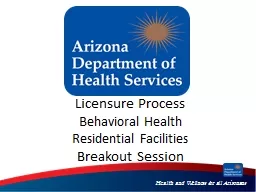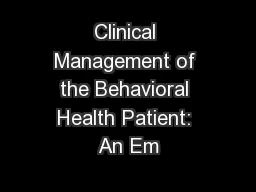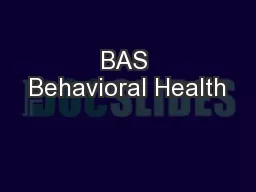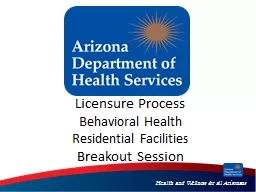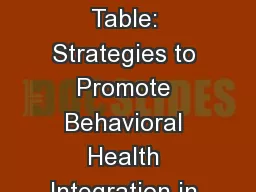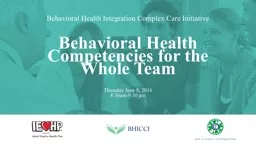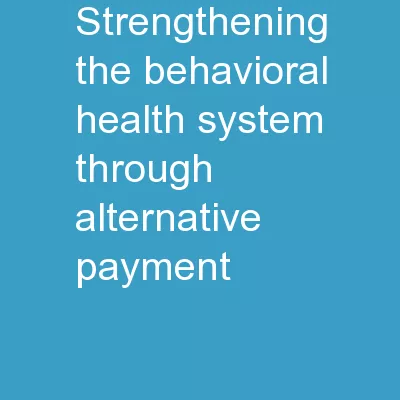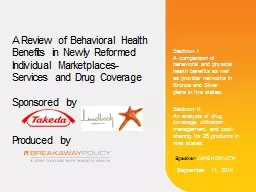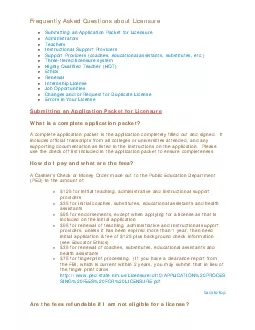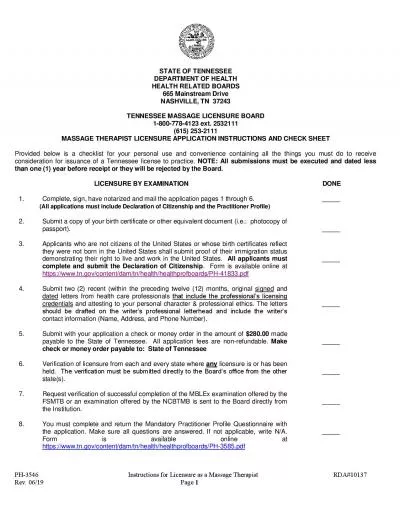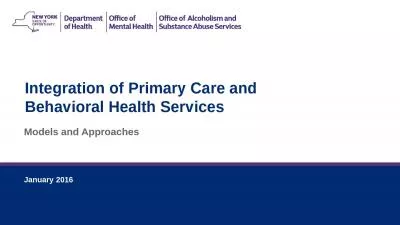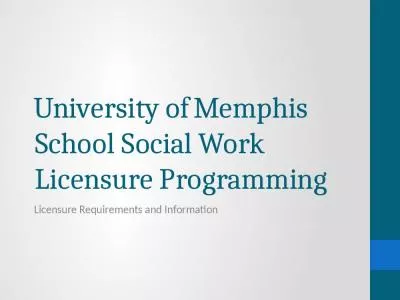PPT-Licensure Process Behavioral Health
Author : tatyana-admore | Published Date : 2018-09-20
Residential Facilities Breakout Session BH Subclasses Article 7 Behavioral Health Residential Facility Article 16 Behavioral Health Respite Homes Article 18 Adult
Presentation Embed Code
Download Presentation
Download Presentation The PPT/PDF document "Licensure Process Behavioral Health" is the property of its rightful owner. Permission is granted to download and print the materials on this website for personal, non-commercial use only, and to display it on your personal computer provided you do not modify the materials and that you retain all copyright notices contained in the materials. By downloading content from our website, you accept the terms of this agreement.
Licensure Process Behavioral Health: Transcript
Download Rules Of Document
"Licensure Process Behavioral Health"The content belongs to its owner. You may download and print it for personal use, without modification, and keep all copyright notices. By downloading, you agree to these terms.
Related Documents

